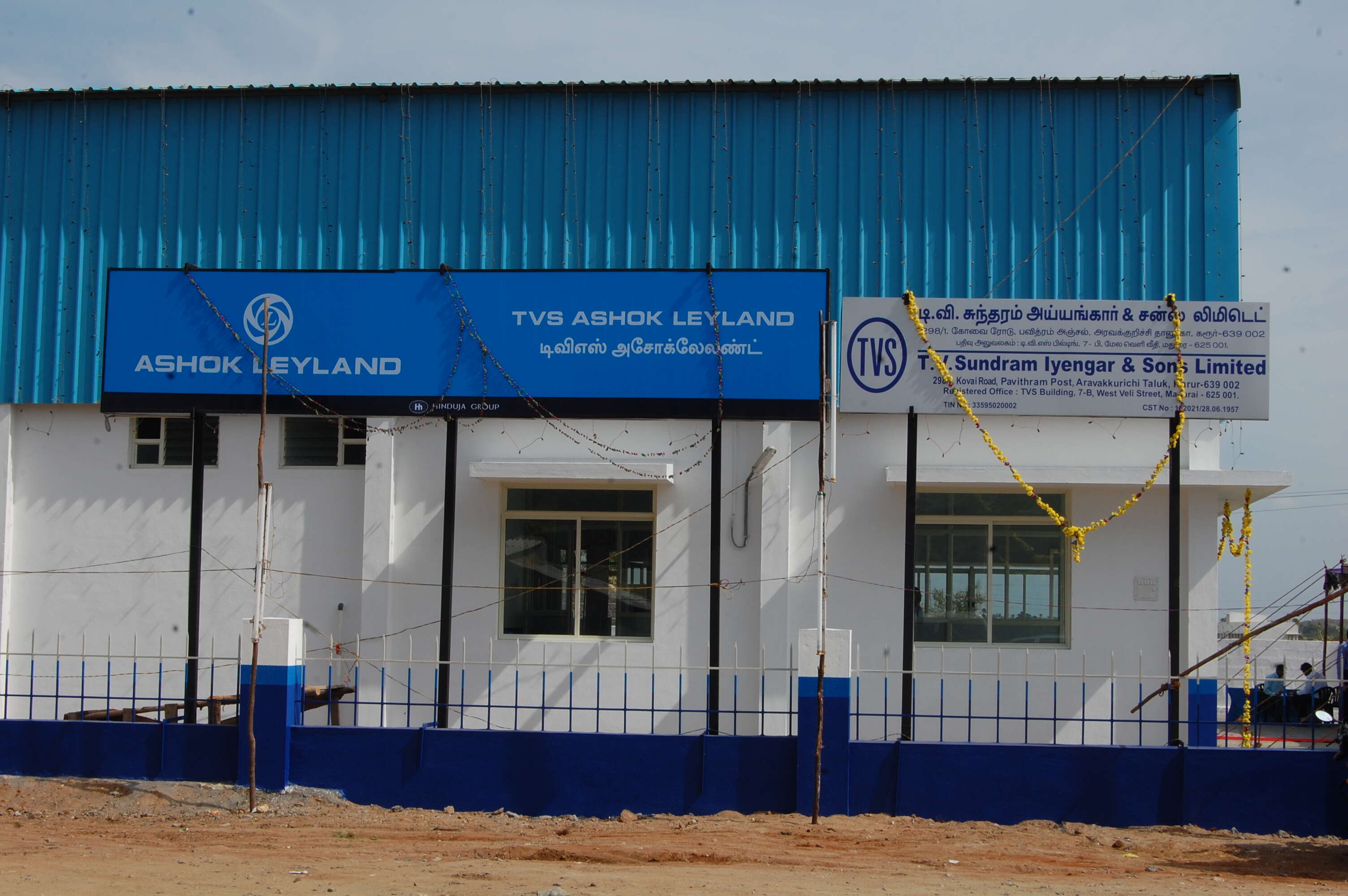Macroeconomic factors like interest rate, inflation and good forecast monsoon lifted the demand in the first half of the recently concluded fiscal year. New model launches during auto Expo 2018 also contributed to the growth.
However, the party did not last too long as Kerala floods in August followed by high insurance cost, liquidity crunch and increased fuel prices played spoiler. Apart from this, an uneven monsoon further added to the woes. This ensued into one of worst festive seasons and huge inventory backlog at the dealerships across the country.
“All the segments posted good growth in the first five months. September onwards we faced major headwinds which continued till March. It is to early to speak in March. However, the feedback is not so strong for March as well. Lot many negative factors came together which has started going away now. Going forward in the next few months, we would see a growth in the market,” says Ashish Kale, President FADA.
The festive season is generally considered a prime sales period for automakers as it adds about 30 per cent of the total annual car sales. Even year-end discounts and offers could not contain the sliding trend.
Starting January, 2019, the carmakers hiked prices by 2-5 per cent owing to the increased raw material cost and implementation of new safety features. This was further amplified by the uncertainty before general election 2019. This lead to major decline in Q4 sales.
Moreover, the stark reality was further clear when dealerships experienced an all-time high inventory in the month of February. As per Federation of Automobile Dealerships Association (FADA), Indian automobile retail declined 8.06 per cent YoY in February 2019 leading to an increase in passenger vehicle inventories up to 60 days; almost double to what it was recorded in January this year.
Passenger Vehicle: New launches drive carmakers into the green zone
Passenger vehicle segment has posted conservative growth despite negative sentiments in the market. Mass segment cars like Maruti Suzuki Swift, Hyundai Santro and Honda Amaze added the good number to the overall domestic sales. Along with the popular models like Maruti Suzuki Brezza, Hyundai Creta and Tata Tiago doing well in their respective segments. Apart from this slew of SUV launches like Mahindra XUV300, Tata Harrier and Nissan Kick also added to the growth of automaker.

Country’s largest carmaker Maruti Suzuki India which launched three new major updates – Wagon R, Ciaz and Ertiga posted the highest growth of 4.7 per cent in its total sales at 1,862,449 units for the financial year 2018-2019. This comprises highest ever domestic sales of 1,753,700 units, up 6.1 per cent, and the export sales were 108,749 units, Maruti Suzuki said in a release.
While on another hand, Honda Cars India posted an eight per cent increase in domestic sales. The company sold a total of 183,787 units in FY19 when compared to 170,026 units in the last fiscal year.
Rajesh Goel, Senior Vice President and Director, Sales and Marketing, Honda Cars India Ltd said, “We have closed the financial year 2018-19 with a growth of 8%. Strong sales efforts from the dealers and company during the prevailing tough market scenario resulted in this growth rate, which is ahead of the industry. One of our growth drivers was the All New Amaze. The launch of our global bestsellers Civic and CR-V reinforced Honda’s premium product line-up.”
Similarly, Toyota Kirloskar Motors recorded a seven per cent rise in sales at 150525 units in FY19.
N. Raja, Deputy Managing Director, Toyota Kirloskar Motor said, “We are happy to have clocked a growth of 7% in domestic sales in FY 18-19 as compared to FY 17-18. Innova Crysta and Fortuner have been maintaining the growth trajectory and continue to be leaders in the segment. We are thankful to our loyal customers for their trust and confidence in Toyota products.
However, Mahindra & Mahindra – Passenger vehicle segment posted a marginal growth of 2.1 per cent in FY19. The company sold a total of 257401 units in the domestic market.
Rajan Wadhera, President, Automotive Sector, M&M Ltd. said, “We have closed FY-19 with robust double-digit growth of 11 per cent at an overall level, despite strong headwinds faced by the Indian automotive industry this year. This growth has been supported by our three new product launches, which have been well received in the market.
Commercial Vehicle: Hits Top gear
Despite liquidity crunch, the commercial vehicle segment posted strong double digit growth. Chennai-based commercial vehicle major Ashok Leyland posted 17 per cent growth in FY19. The company sold a total of 185065 units in the fiscal year 2019. While it sold 158612 units in FY18.

Similarly, Mahindra & Mahindra -Commercial vehicle segment posted 15 per cent growth in the domestic market on the back of strong LCV sales. The company sold a total of 248601 units in FY19. Out of 248601 units, the company sold 10838 units of MHCV which posted 15 per cent growth. While LCV below 3.5T posted 15 per cent growth at 229352 which is over 90 per cent of the total sales. That also means, there is heavy demand for last mile transportation vehicle.
In the domestic CV market, Eicher branded trucks buses have recorded sales of 61733 units in FY19 as compared to 55876 units in FY18, posting a growth of 10.5 per cent.
Two-wheelers
Japanese two wheeler manufacturer, Suzuki Motorcycle India sold 7,47,506 units in the fiscal year 2018-19 as compared to 5,74,711 units a year before, achieving over 30% year-on-year growth. According to the company, this is the highest ever sales recorded till now.
Devashish Handa, Vice President, SMIPL said, “We are enthralled to achieve our determined sales target of 7.5 lakh unit sales in FY2018-19 and are looking forward to the year for a newer landmark. Suzuki’s well-balanced product portfolio in both motorcycle and scooter segment has helped in achieving our fiscal sales target. Access 125 continued to be the highest grossing product for Suzuki in the country. Increased presence of Suzuki’s products on Indian roads is a testimony of our customer’s immense trust and confidence in the brand. Various campaigns throughout the year have struck a chord with the consumer.
(Disclaimer: This report has been prepared based on the sales results announced by the companies until the time of publication. We will keep updating as other companies post their results)